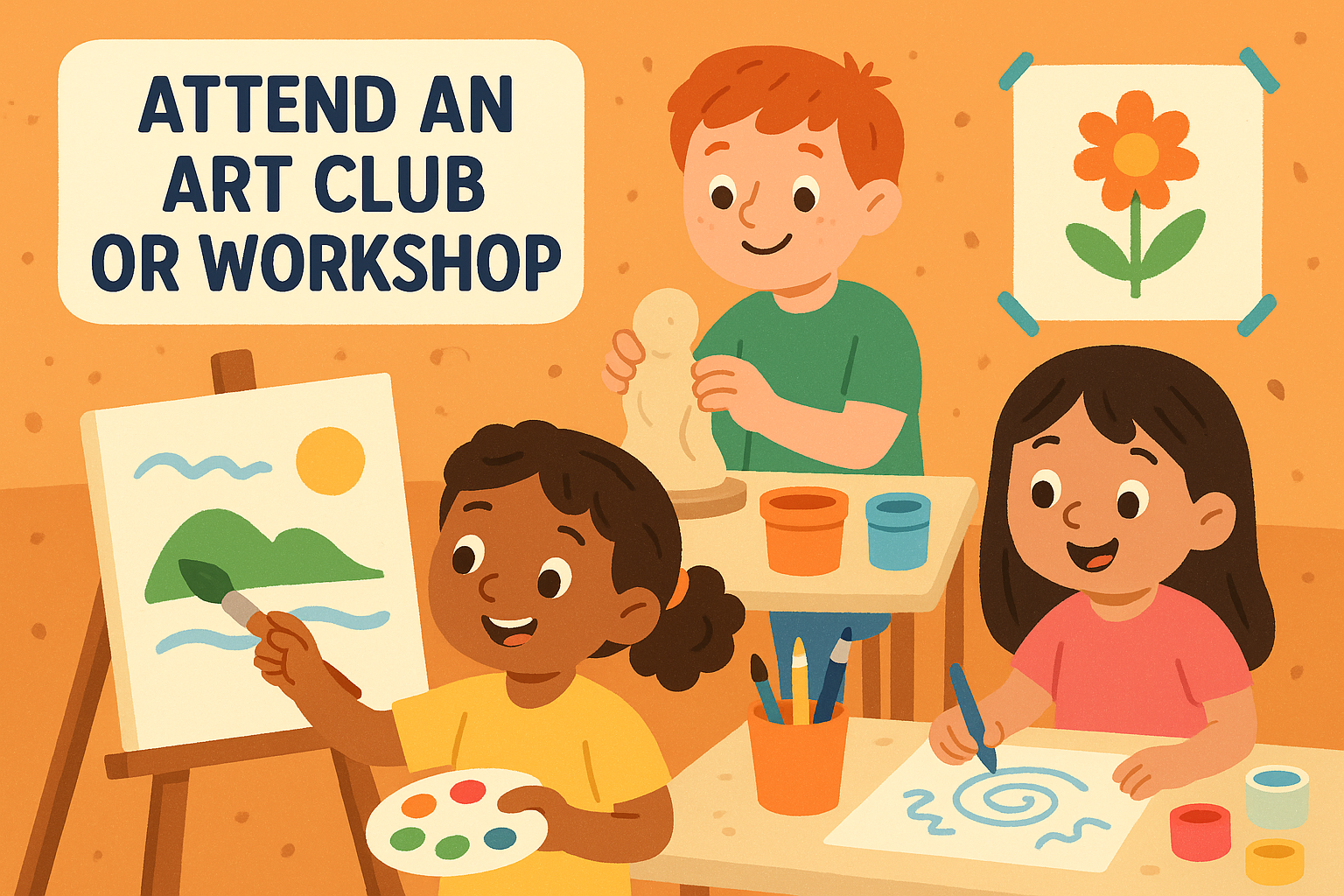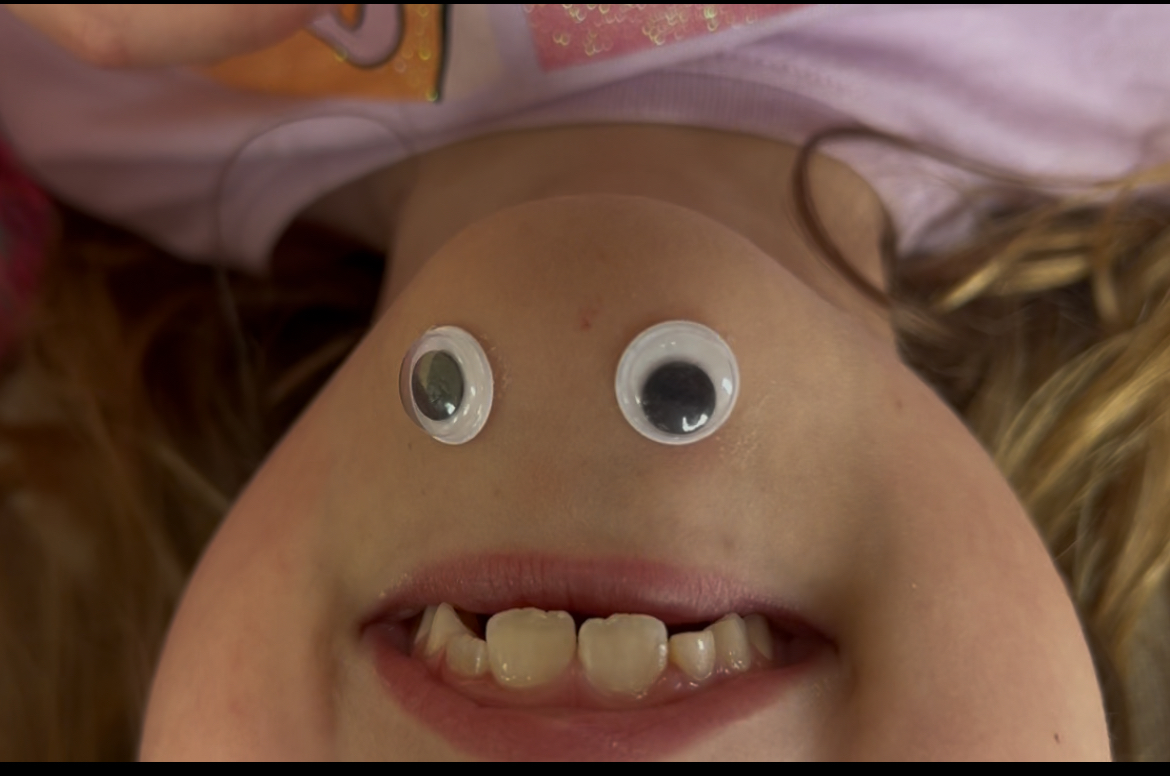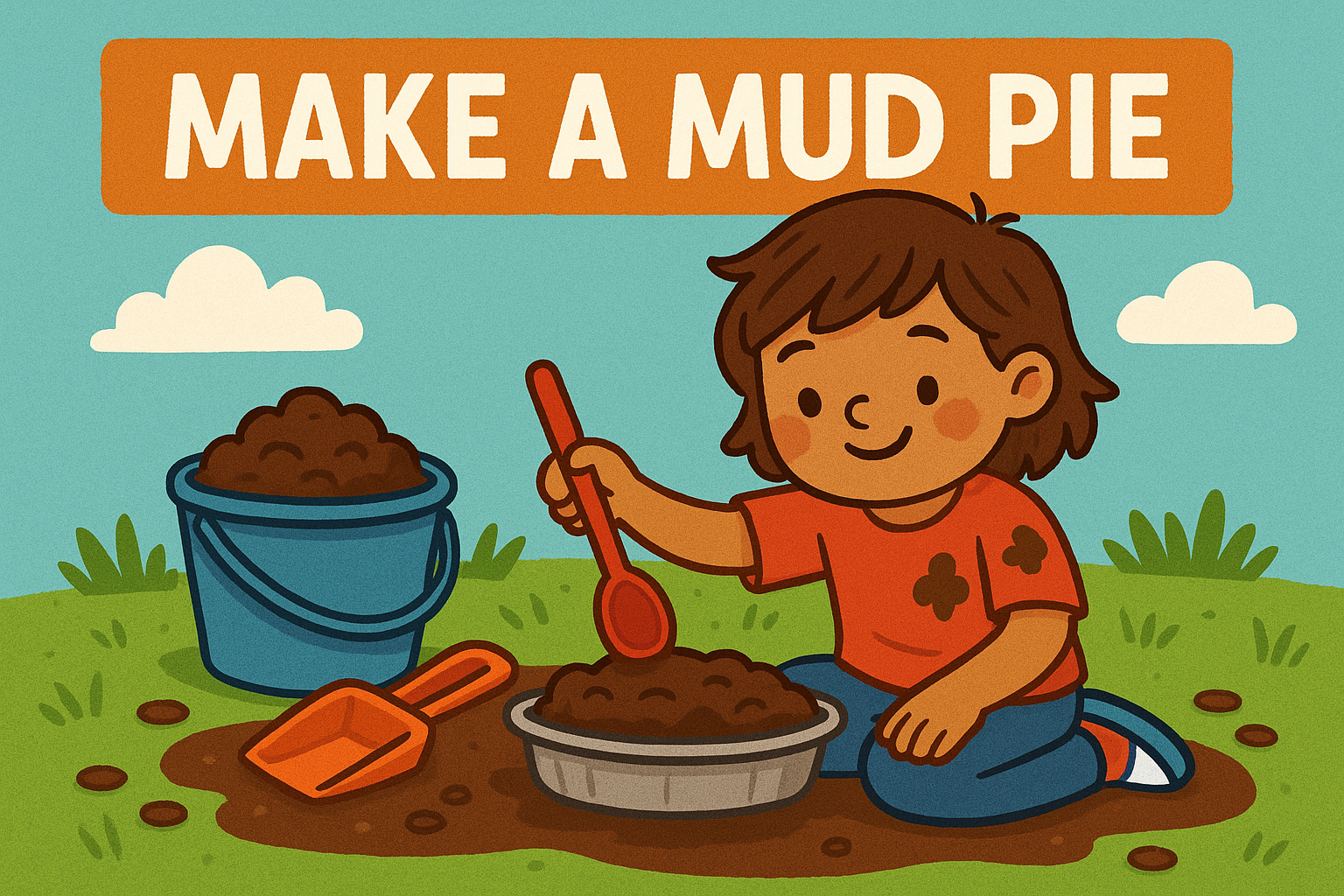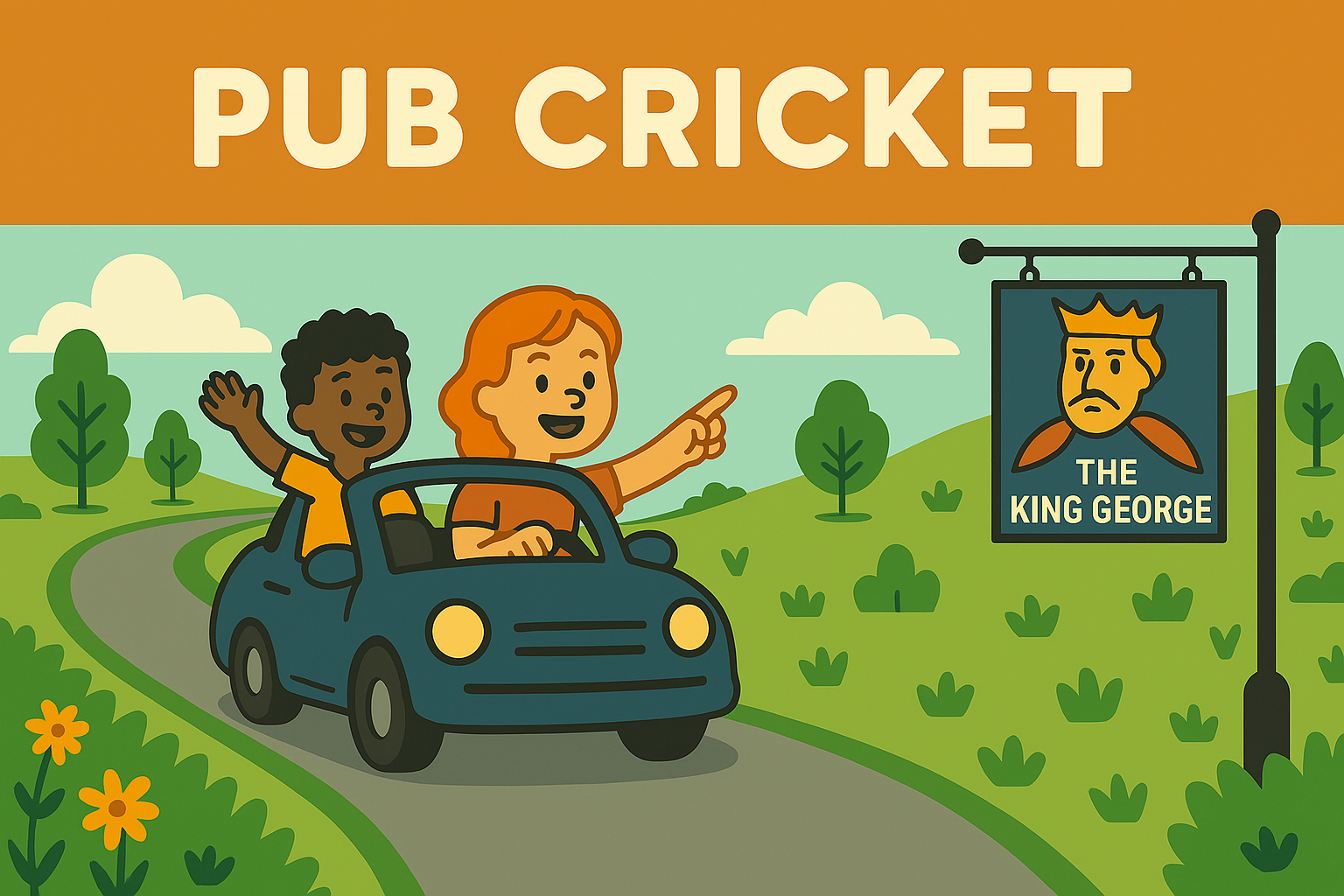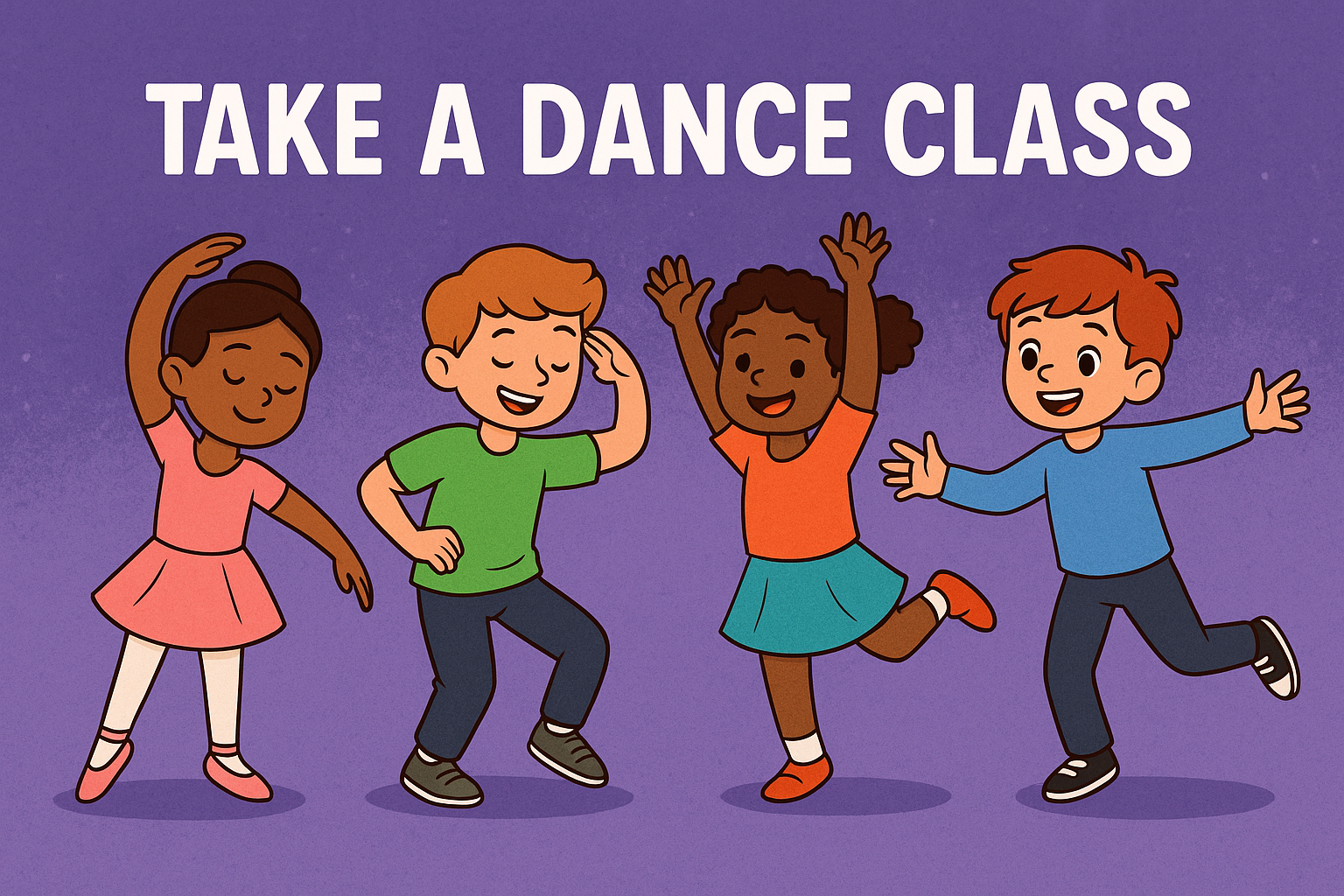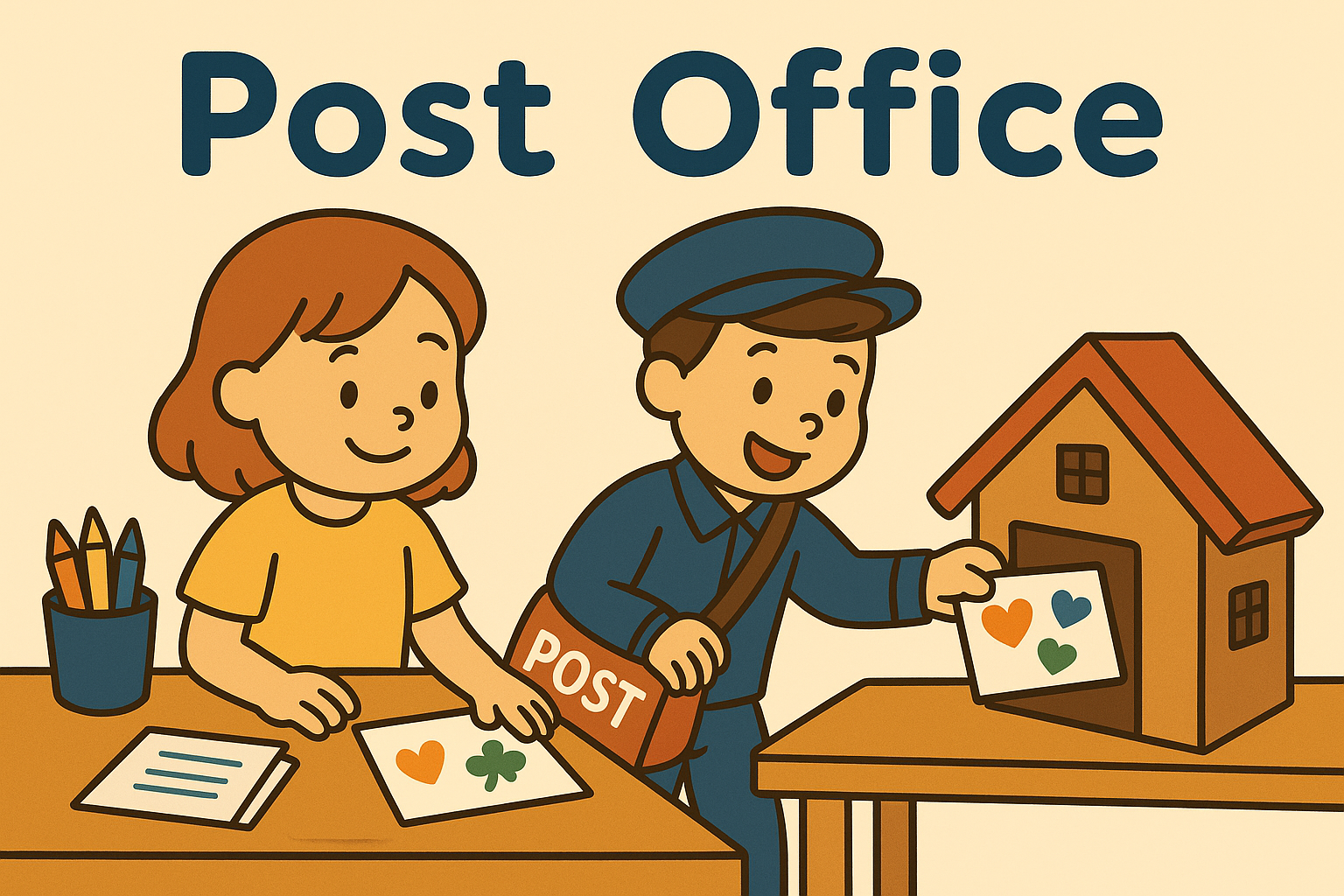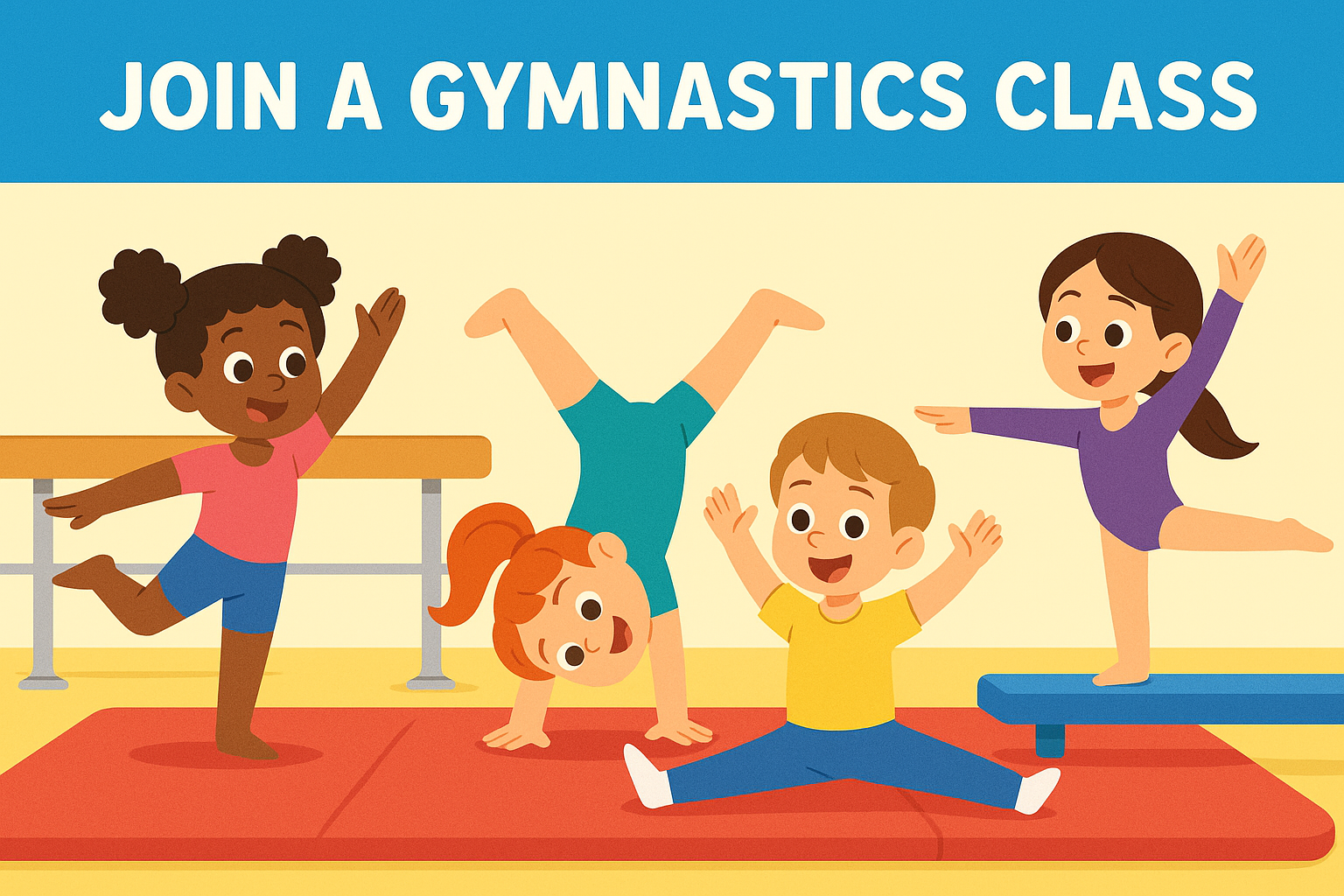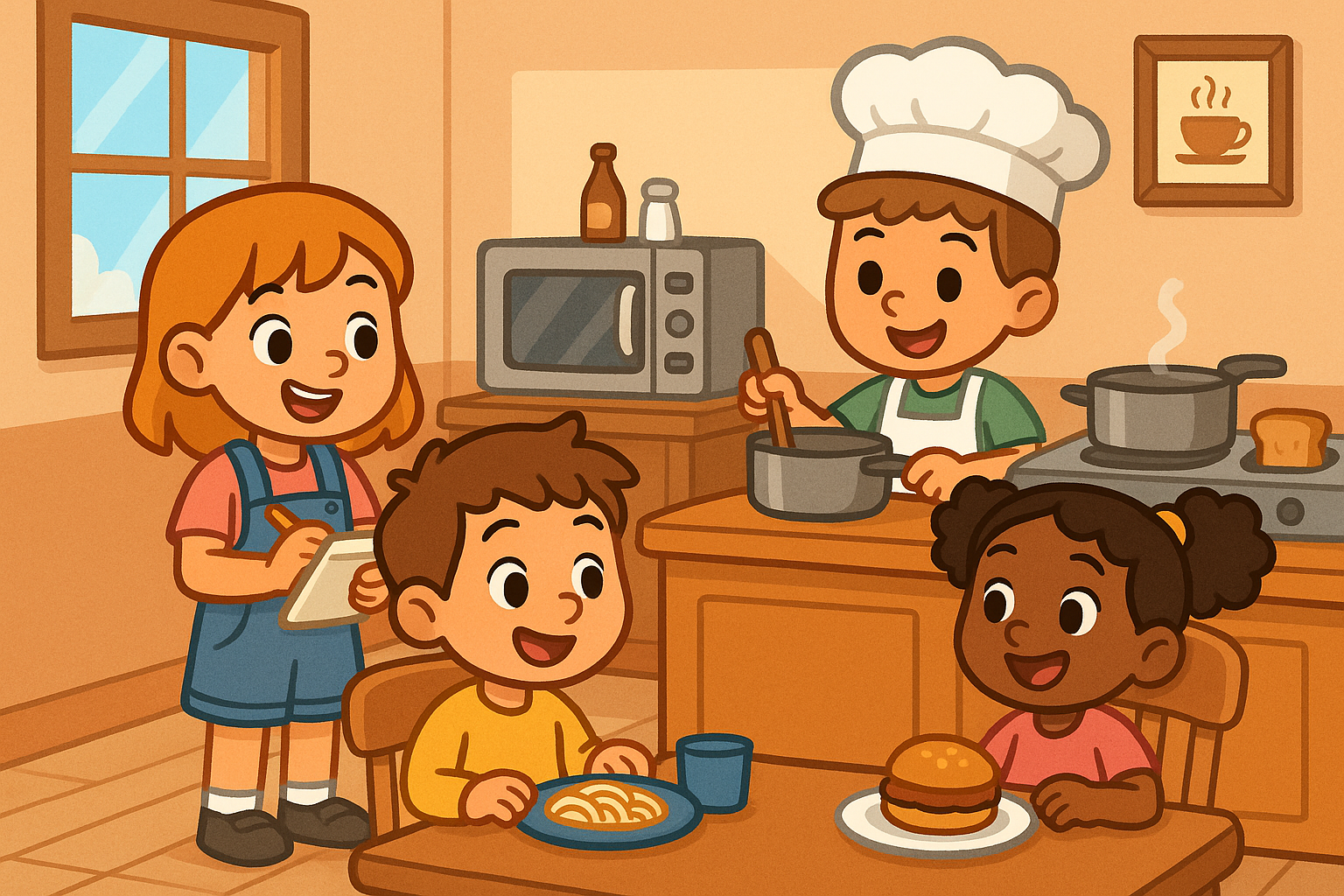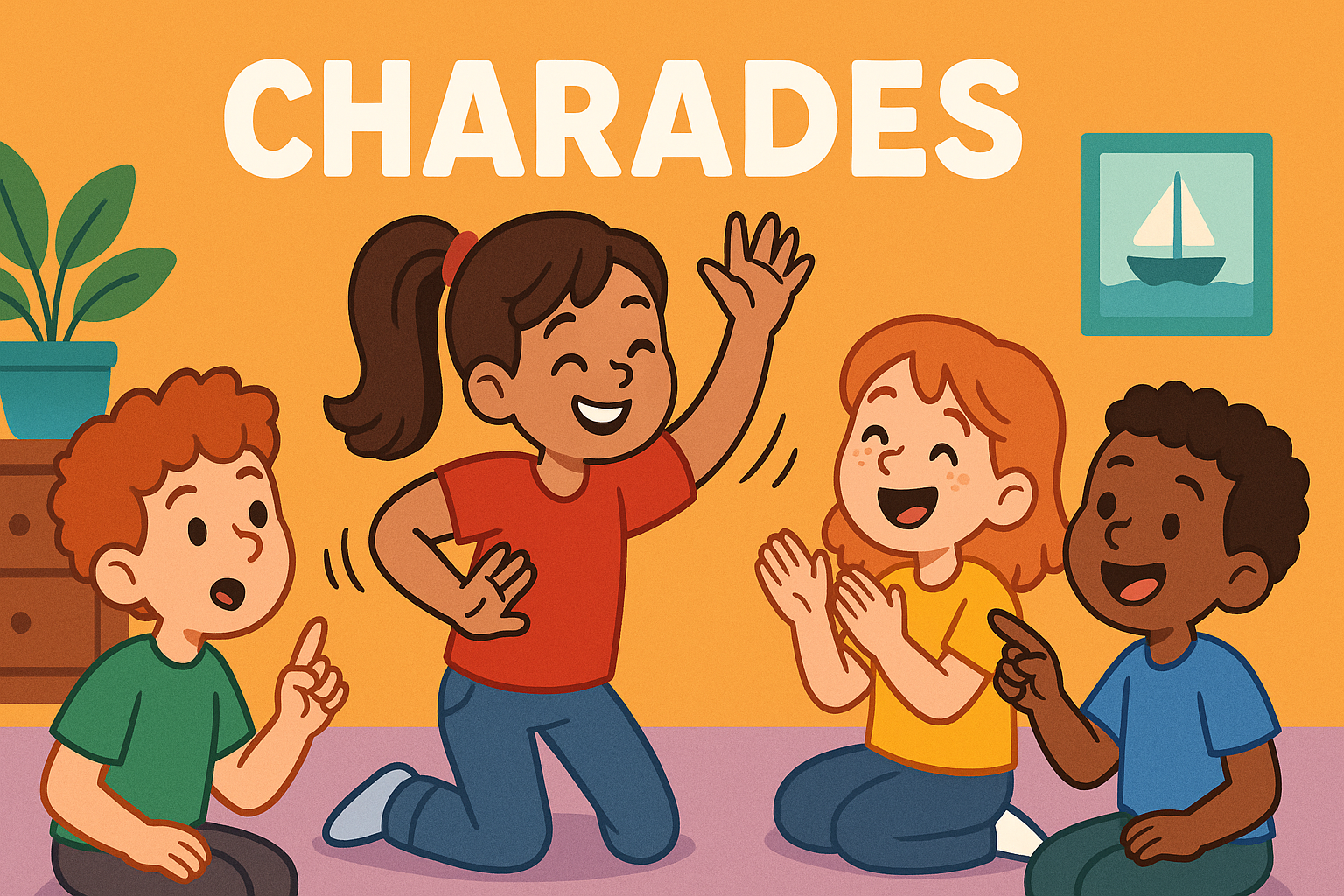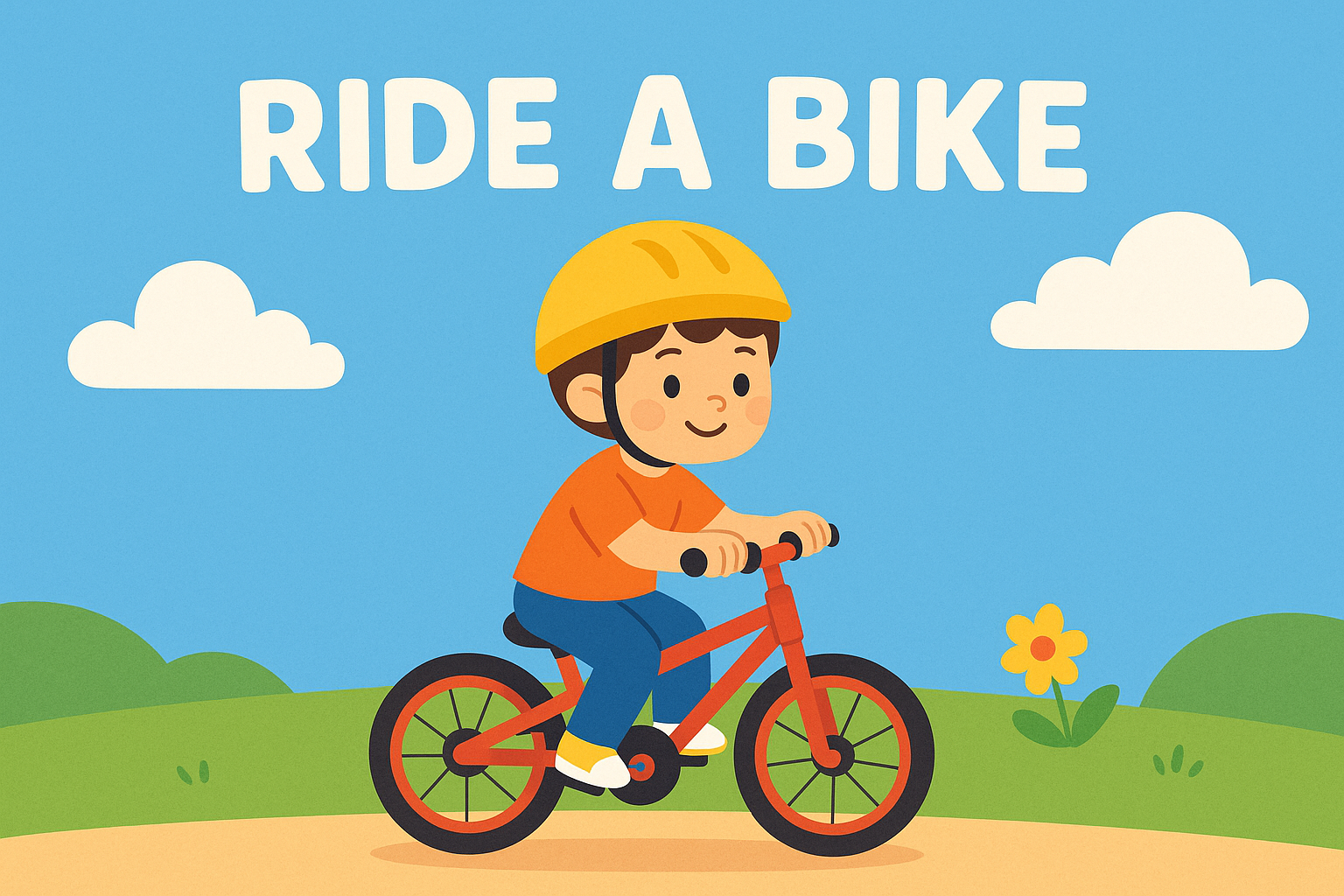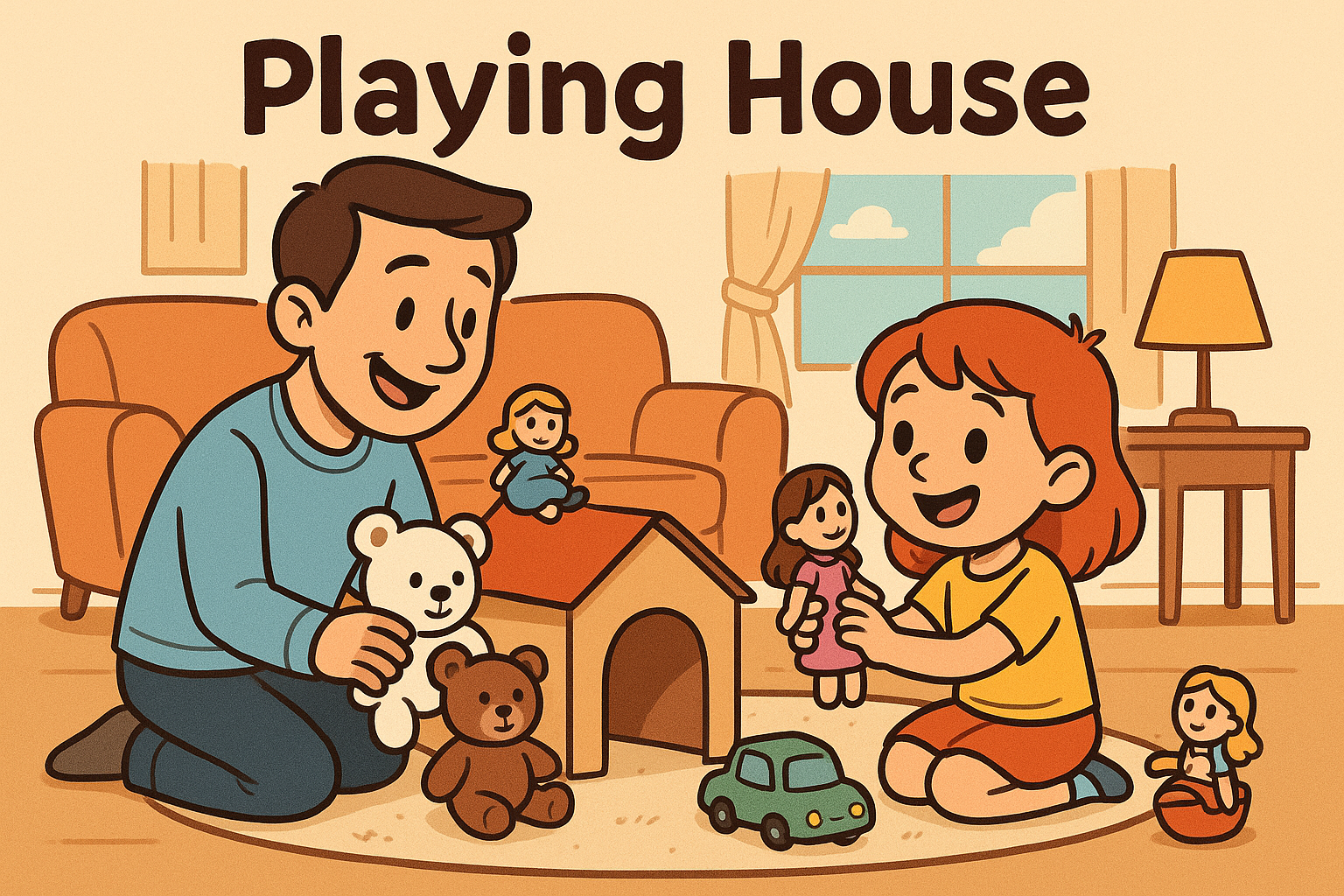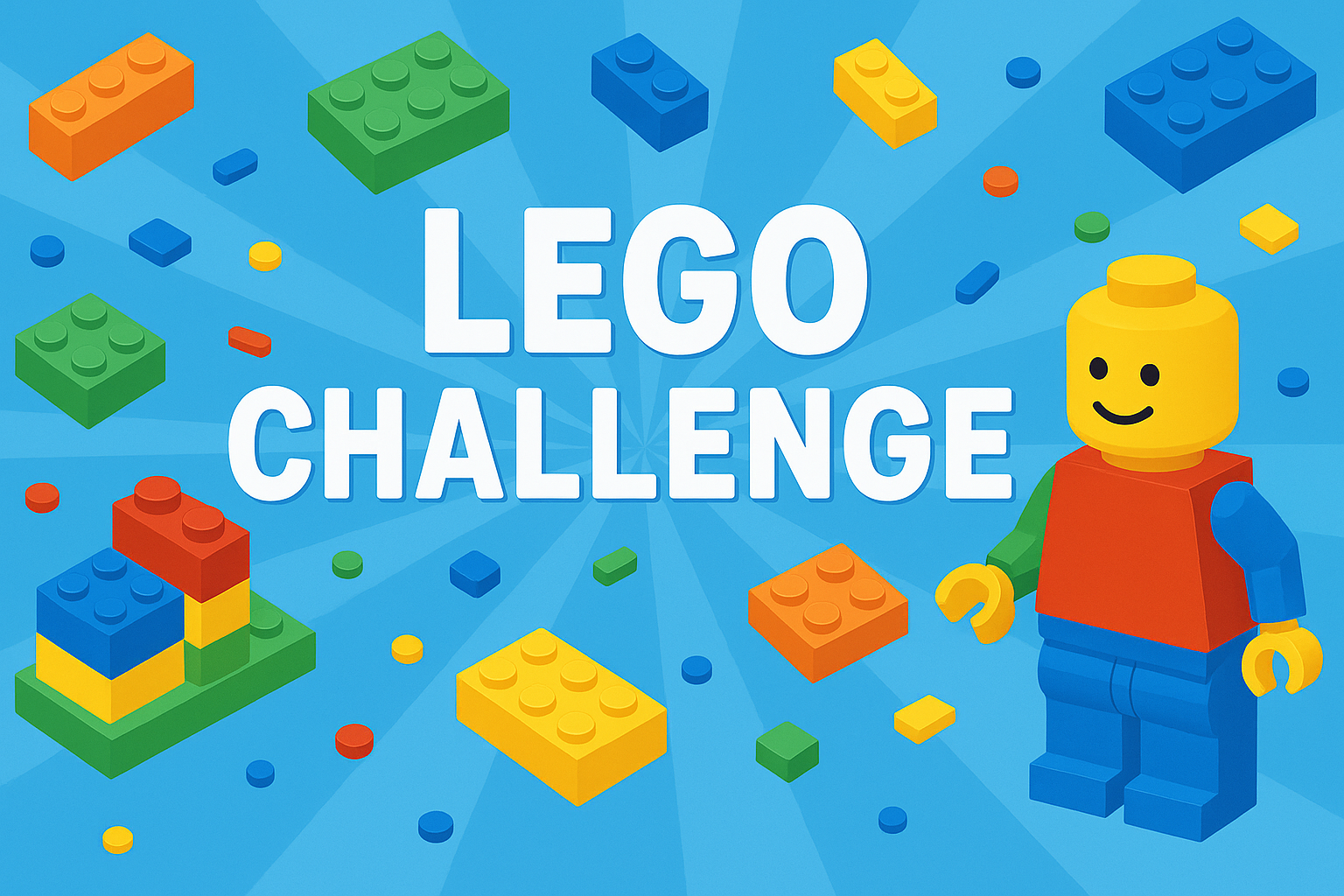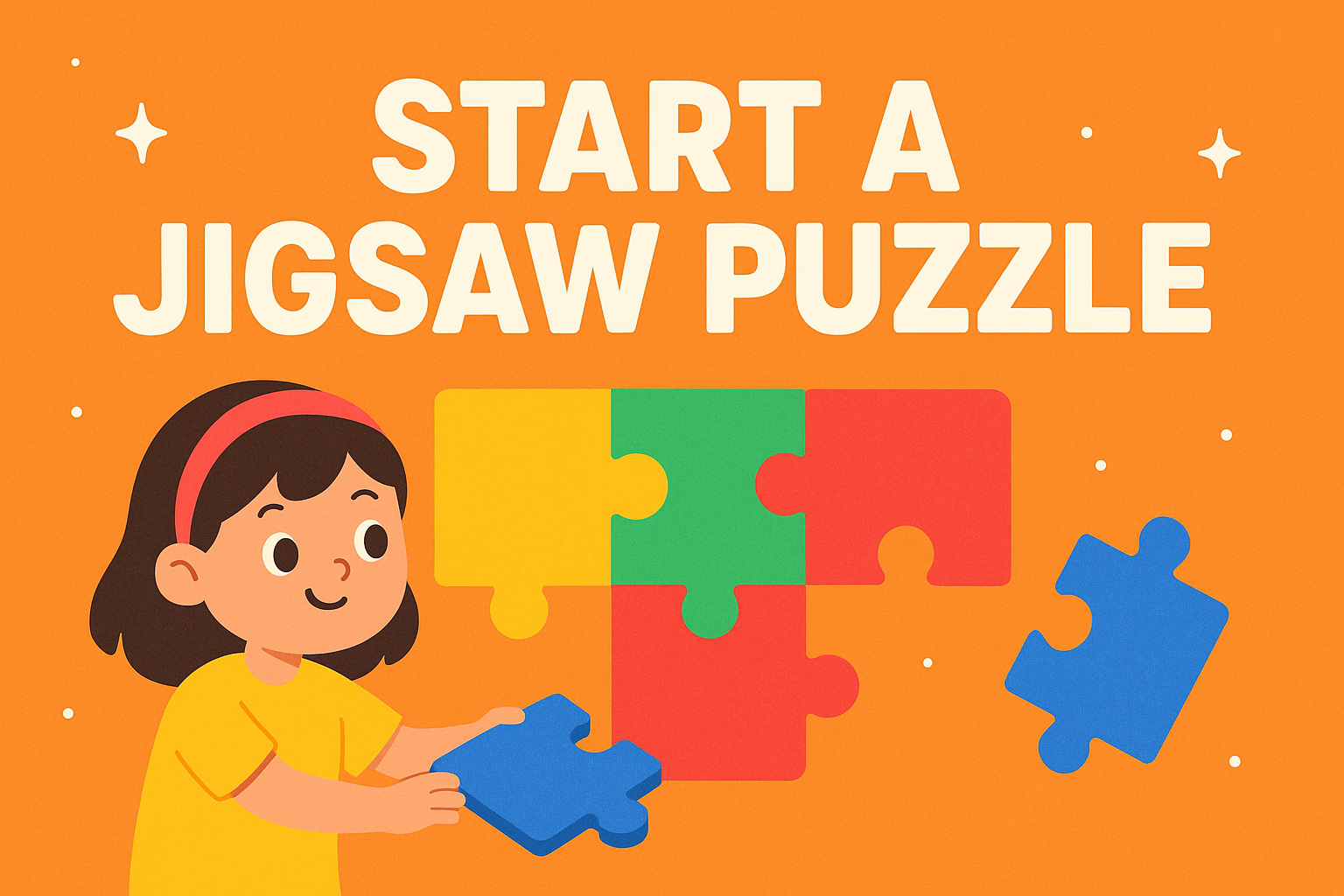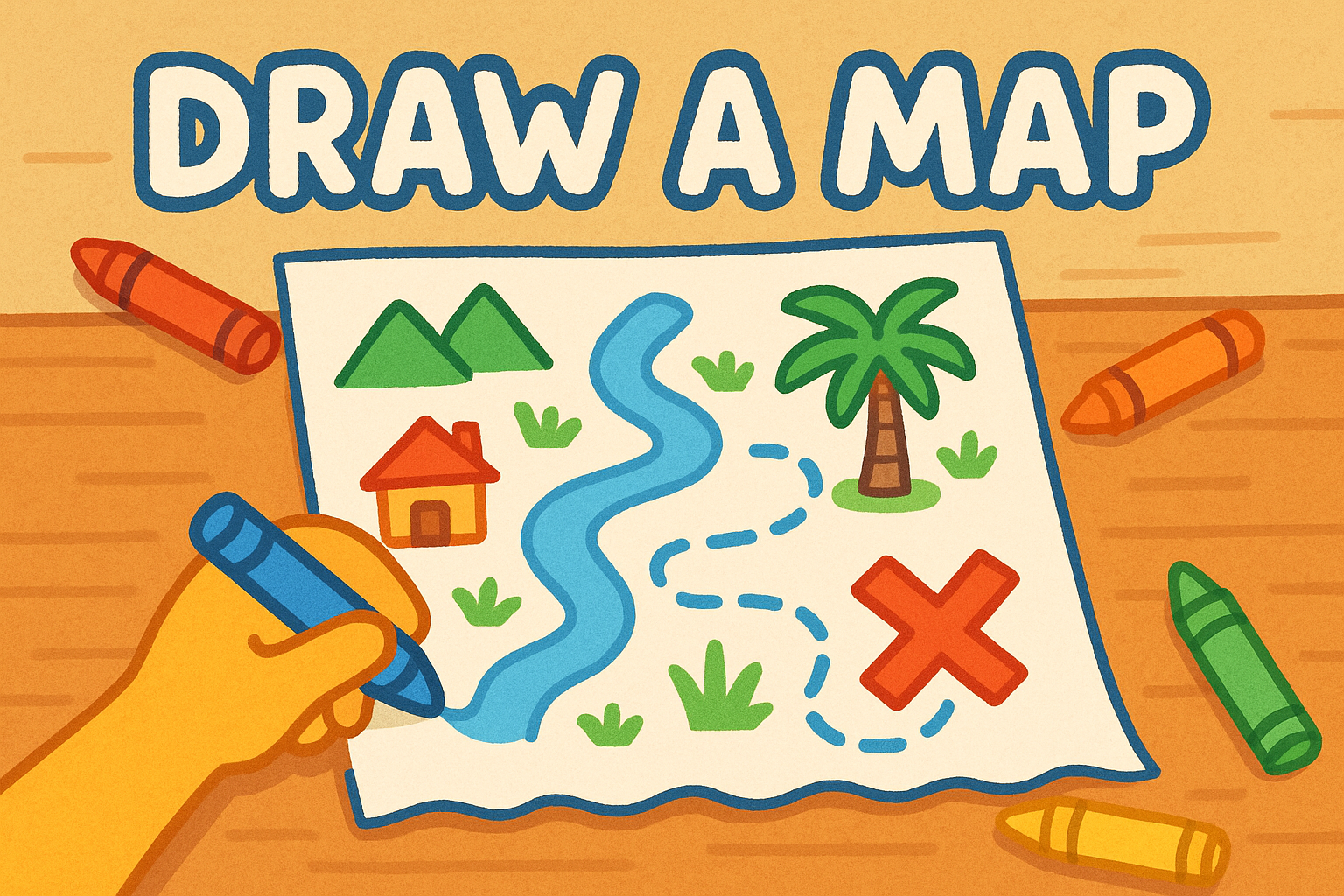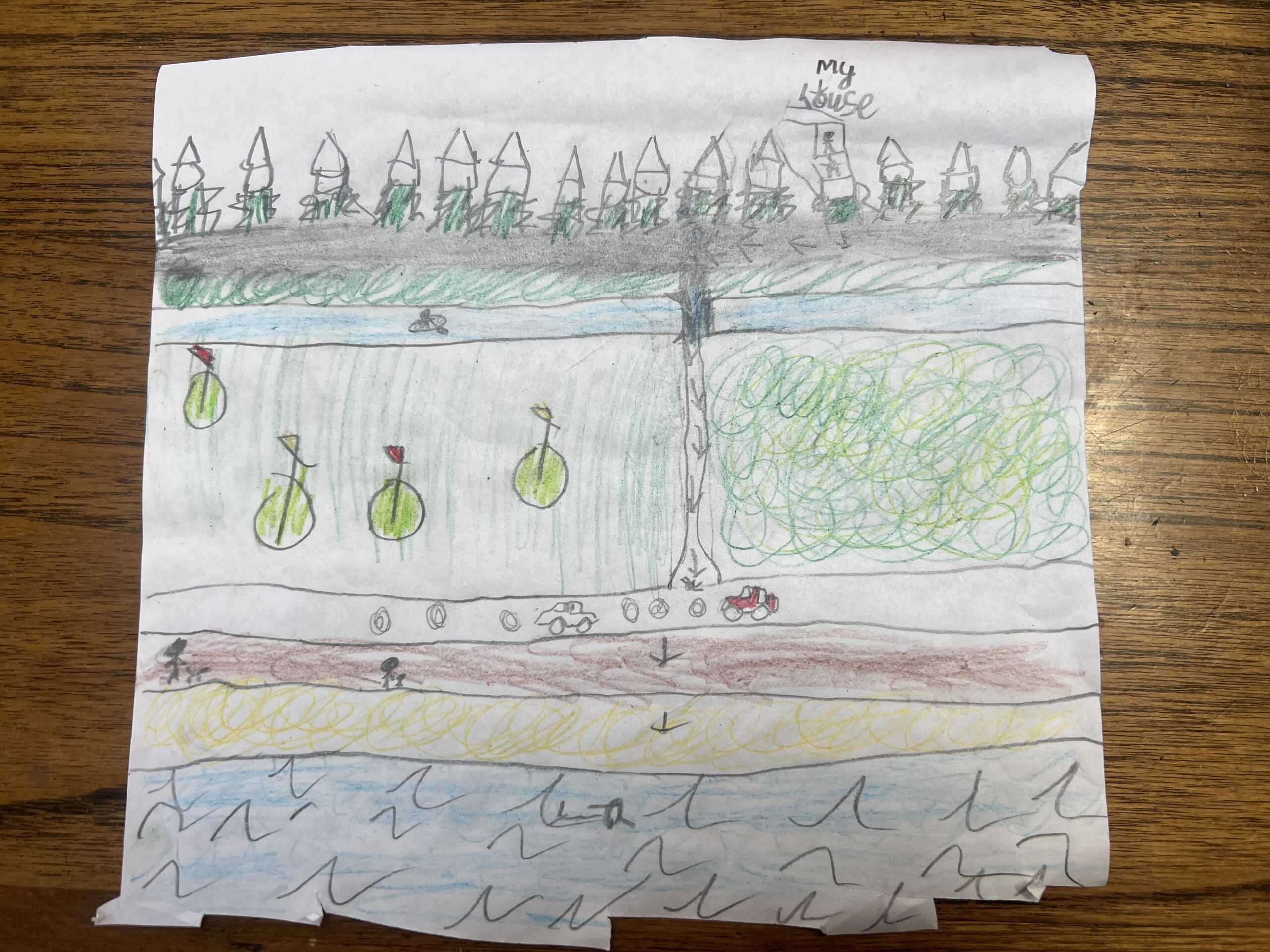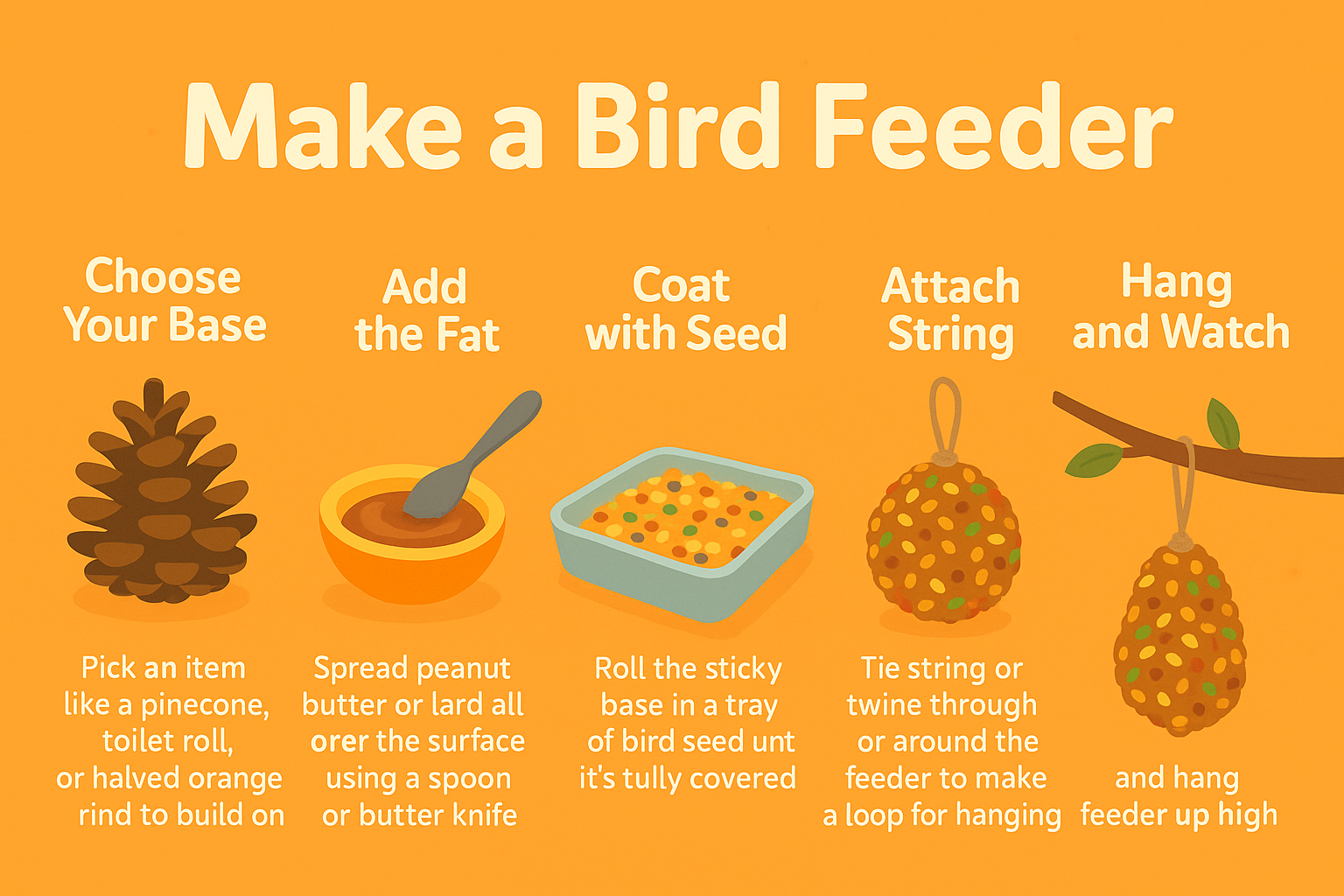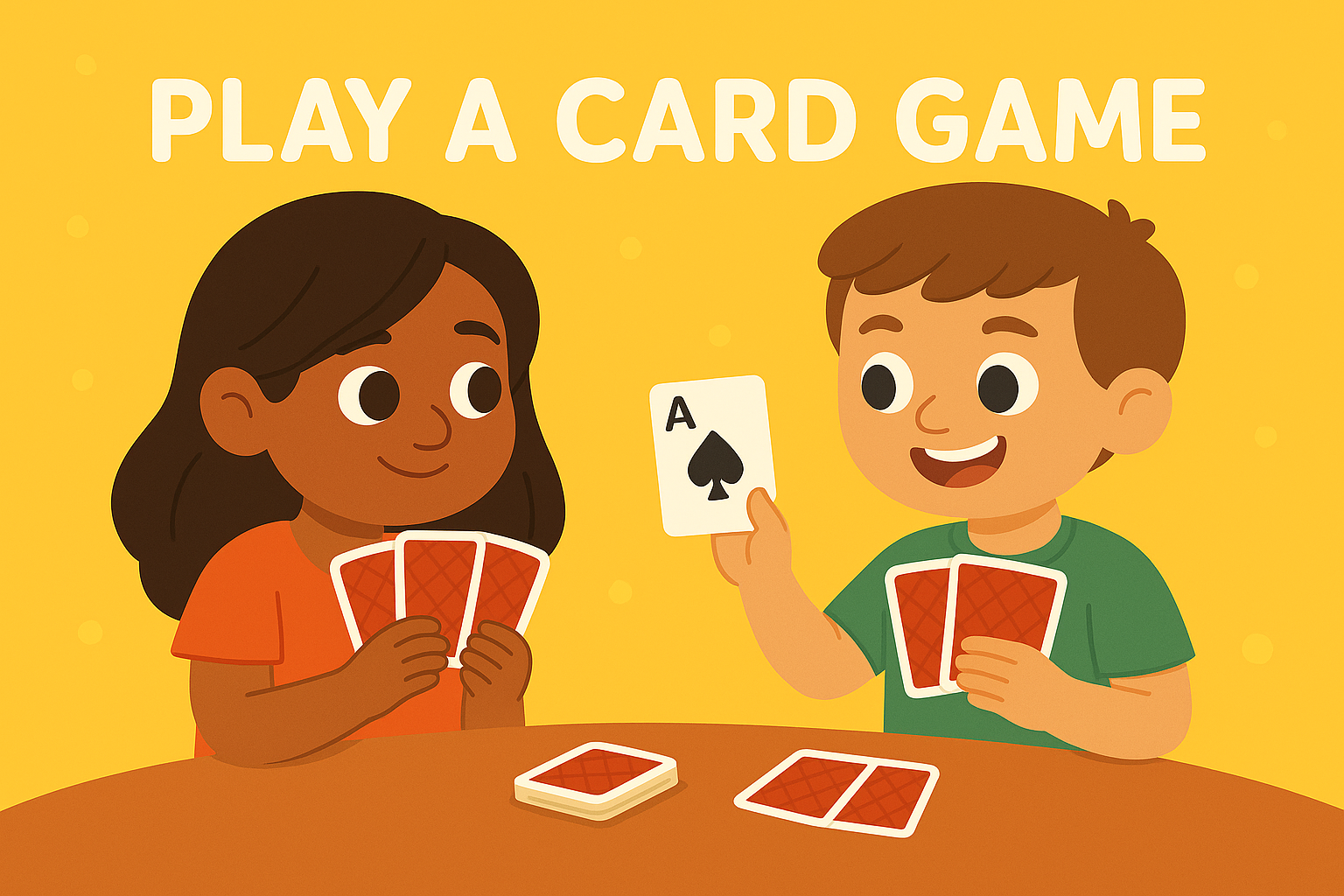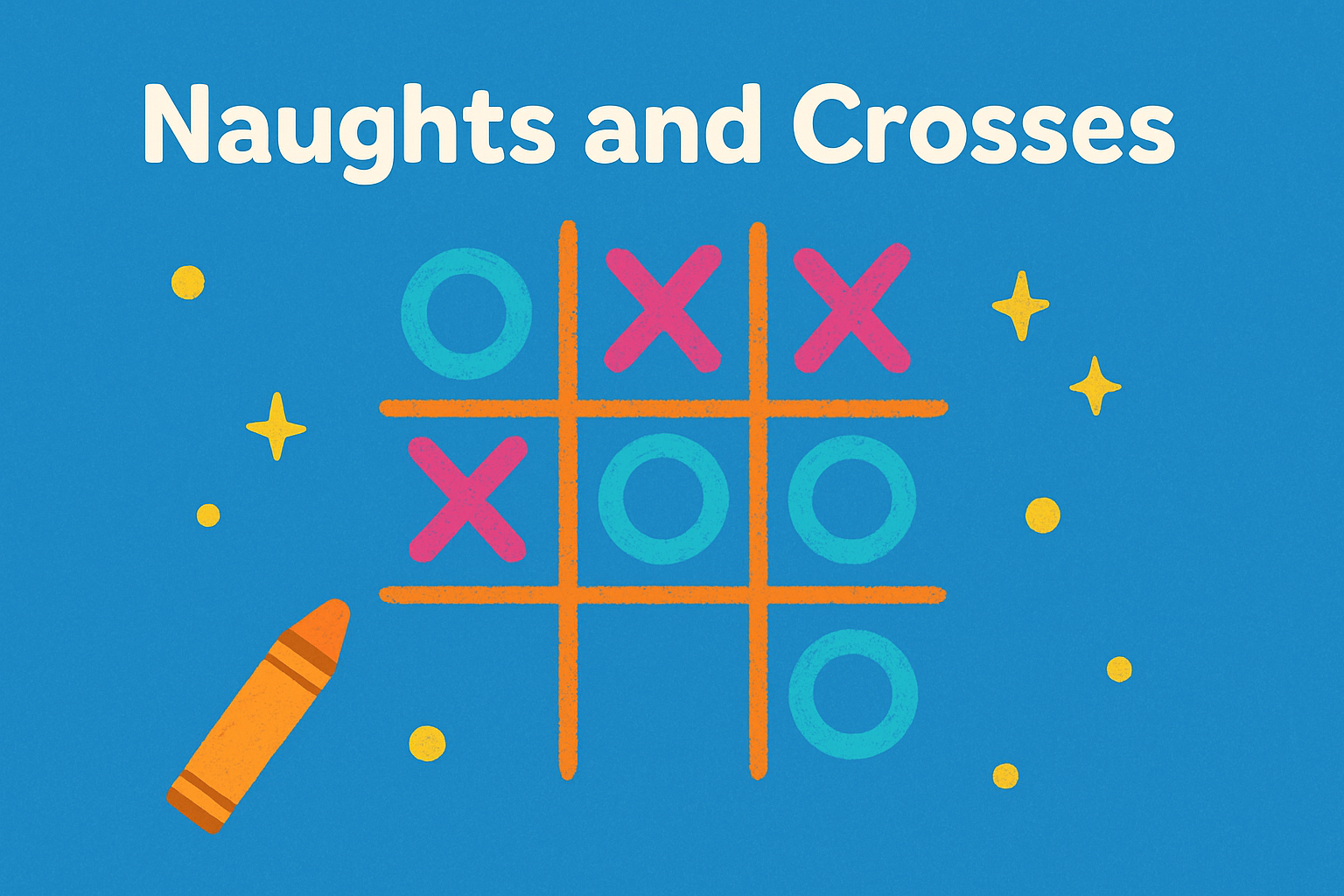Art clubs and workshops are brilliant spaces for children to explore their creativity in a relaxed and social setting.
Whether it’s after school or at the weekend, these sessions often focus on fun, process-led activities like painting, drawing, printing or sculpture — with no pressure for things to look a certain way.
Children benefit from learning new techniques, using a wide range of materials, and gaining confidence in their ideas and abilities. Many clubs are themed or seasonal, and some may include visiting artists or local exhibitions to inspire young makers.
Why It’s Great
- Creative Expression – Encourages imagination and self-confidence through open-ended art activities.
- Fine Motor Skills – Strengthens hand–eye coordination and tool use.
- Mindful Focus – Offers calm, screen-free time to relax and engage fully with the task.
- Social & Inclusive – Welcomes all abilities and allows children to share ideas and explore together.
How to Get Started
- Search for local children’s art clubs, community workshops or events at galleries or libraries.
- Check whether the club provides materials or if children need to bring their own.
- Look for inclusive, process-based classes where exploration is the focus rather than finished products.
- Dress for mess — old clothes or an apron are ideal.
Variations
- One-Off Workshops: Great for trying something new like clay modelling, printmaking or collage.
- Themed Clubs: Some sessions explore nature, storytelling or even art history through hands-on making.
- Family Art Sessions: Some clubs offer weekend or holiday sessions where parents and carers can join in too.
Safety Tips
- Ensure the space is well-ventilated and age-appropriate materials are used.
- Staff should be DBS-checked and provide supervision throughout.
- Non-toxic paints and materials should be used, especially for younger children.

